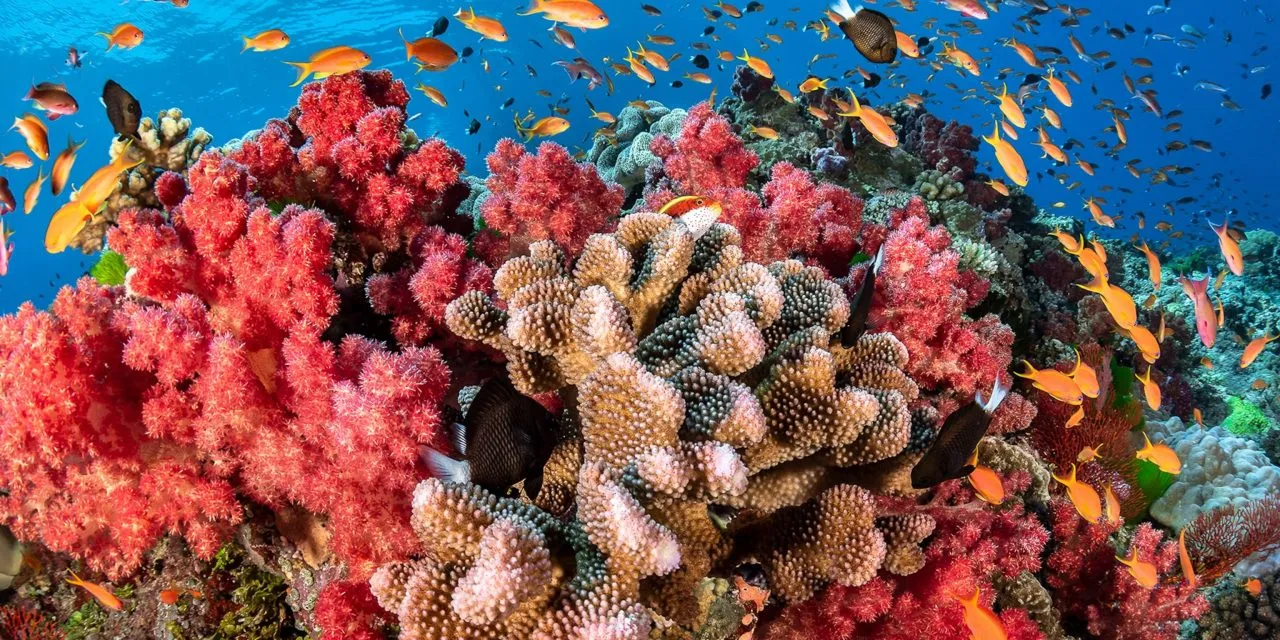A collaborative story by Tameka A Coley & Jaleeza Roberts
Editor’s Note: From the coral-fringed coasts of Belize to the Palisadoes tombolo in Kingston, Jamaica, small island nations find themselves wrestling with the same question: How do we build a prosperous future without jeopardising the ecosystems (and people) that have always sustained us?
Climate justice journalist Tameka A. Coley (Jamaica) highlights the parallel battles and uncertain futures of Jamaican coastal communities. If you missed part 1, read it here.
Without comprehensive regulation of seafood demand, stricter enforcement of conservation measures, and significant investment in alternative income sources for fishing communities, experts warn that Belize faces escalating marine biodiversity loss and economic risks to its fisheries and tourism sectors. Marine scientists emphasise that a shift toward sustainable tourism, including responsible seafood sourcing and better-managed marine areas, is essential to safeguarding the country’s economic and environmental future. —Jaleeza Roberts
Belize is not alone. Across the Caribbean Sea, a runway expansion project in the Kingston Harbour has sparked concern among fisherfolk and environmentalists, and Jamaican coastal communities are under threat from the very infrastructure meant to propel the island’s economic future.
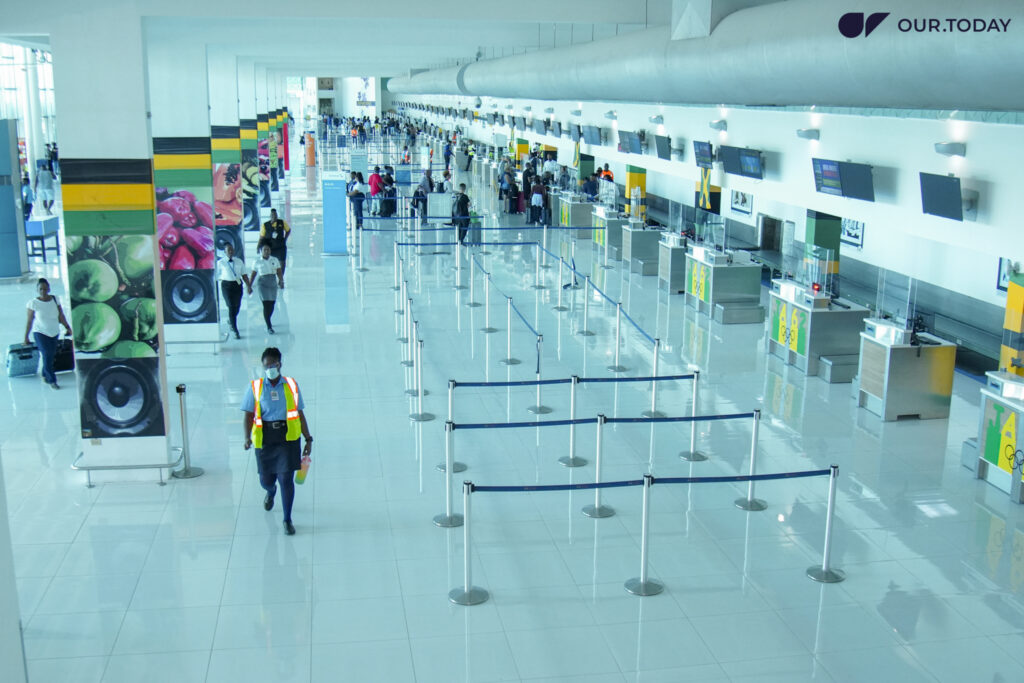
NMIA Runway Expansion: A Threat to Fishers and Protected Ecosystems
Jamaica is experiencing a similar conflict between development and ecological vulnerability, as the government and airport administration work to extend the runway at Kingston’s Norman Manley International Airport (NMIA). NMIA is located on the Palisadoes tombolo, an internationally protected area, and its expansion will extend into the Kingston Harbour by approximately 300 meters. The initiative is already in motion — “PAC Kingston Airport Limited (PACKAL), the operator of NMIA, is undertaking a five-year programme aimed at transforming the airport into a world-class facility. Since 2019, PACKAL has invested in several projects such as rehabilitation of Runway 12-30, the installation of a solar farm, and various terminal upgrades.”— (Source: Minister Vaz Pleased with Progress of Upgrading Works at NMIA via Jamaica Information Service)
While authorities tout the project as a catalyst for economic growth, local fishers raise alarms about the destruction of their traditional livelihoods and marine ecosystems. Members of the neighbouring parish of Portmore, St. Catherine’s New Causeway and Hunts Bay Fishing Villages, who have licenses to operate in Kingston Harbour, are extremely troubled. President, Glasford Mitchell, shared these concerns: “The airport development will have a great impact on us fishers. It’s claiming a very large area where we fish, because while [the developers] are publicising a 300m expansion, to our observations and calculations, it will be over 1000 meters.” Their Vice-President, Gerald Simpson, expounded: “It’s going to be approximately 300 for the runway, 300 for the lighting area to accommodate the planes and another 300m or more of restricted area—plus they’re dumping up the sea, so there will be even more areas that we will no longer have access to.”
The NMIA expansion encroaches upon the Palisadoes-Port Royal Protected Area, a designated Ramsar site recognised for its ecological significance. Further lamenting the destruction that will inevitably follow this development, the communities are urging the public, government and developers to note that their situation is indeed dire.
“The Palisadoes-Port Royal Protected Area was designated a protected area on September 18, 1998, under Section 5(1)(b) of the Natural Resources Conservation Authority Act, 1991. It is home to vital ecosystems, including coral reefs, seagrass beds, mangrove forests, rare dry tropical forests, and a sea turtle nesting beach.”— (Source: The Gleaner, Letter of the Day | Who is accountable for destruction at Fort Rocky?)
“This area encompasses diverse wetland types, including mangrove lagoons, coral reefs, shoals and seagrass beds, serving as critical habitats for endangered species such as the American (Crocodylus acutus), green turtle (Chelonia mydas), Hawksbill turtle (Eretmochelys imbricata), West Indian manatee (Trichechus manatus) and bottlenose dolphin (Tursiops truncatus).” (Source: Ramsar Sites Information Service)
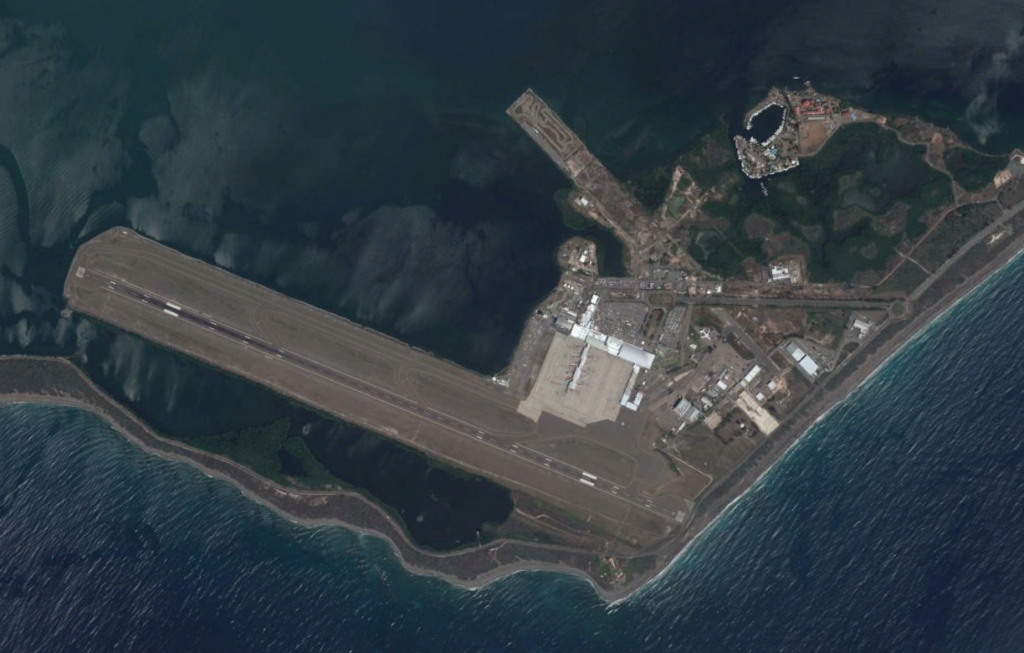
Still, not much has been said about the potential damage to the ecosystems to date. An environmental assessment was allegedly done, according to an NMIA Annual Report, “geared at examining aviation noise, water management, waste characterisation, climate change adaptation and indoor air quality”; however, the affected communities do not have access to it. (Source: NMIA-Airports-Limited-NMIAL-Annual-Report-2016-2017.pdf)
President Mitchell explained: “This will be a great loss to our community because it’s a marine pelagic zone, we catch all types of fish in that area— oysters, bait, red snapper, grunt—and we won’t be able to access that area anymore, because after the development there will be some restrictions or penalties, notwithstanding prison terms or fines. We’re not trying to hinder development; we just want to be considered. The mission to expand the runway and other parts of the airport will have a great effect on the Kingston Harbour, not just for a while, but long into the future.”
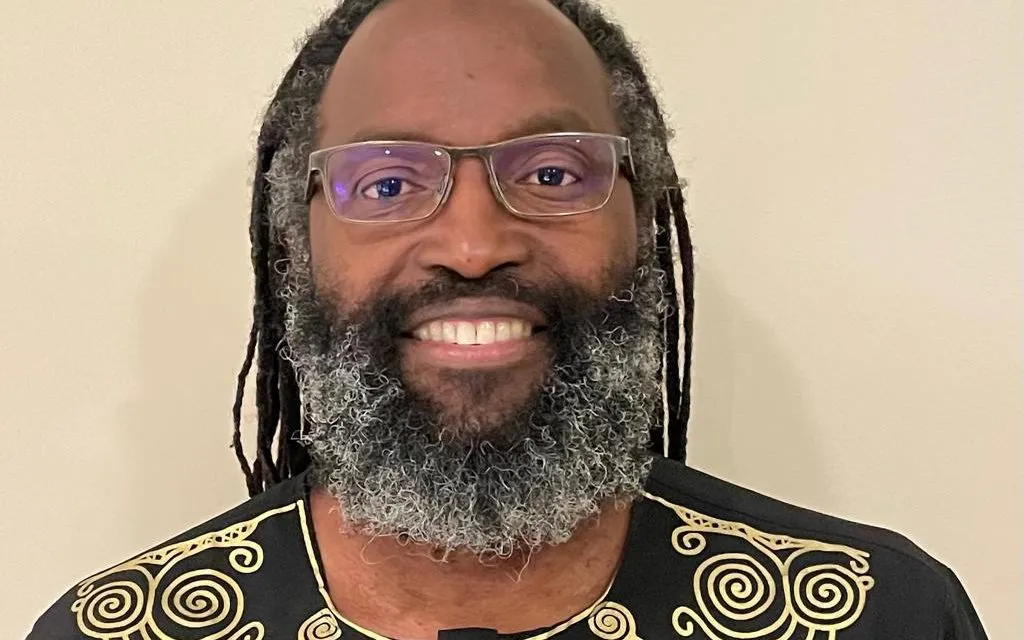
Dr Devon Taylor of JaBBEM believes beach access is a reparative justice issue; as such, he and his organisation are advocating for beaches to be managed by community-based groups. This move, he says, would remedy a host of ills, including the segregation of locals and tourists, prohibitive fees, lack of access due to development and improper waste management. In an exclusive interview with Writes and Kulcha, Dr Taylor spoke candidly about the lack of transparency and consideration around the project and its environmental detriment: “The project lacks transparency. JaBBEM was unaware, and neither was the public, of the runway expansion at Norman Manley International Airport. There was no public notice, and no Environmental Impact Assessment (EIA) was posted on the NEPA web portal. The impacted communities did not have a seat at the table as a collective… The engagement with the airport authority was not comprehensive and lacked specifics on how the environment, lives, and livelihoods would be affected. There is no newly dated EIA posted by NEPA except one dated 2010. We are in the dark.”
He continued, saying: “The redevelopment of Kingston should not exclude the culture that has made Kingston, Kingston. Access to the waterfront should be preserved. The state must ensure commercialisation does not displace communities that use these spaces. Security measures must not unfairly target low socioeconomic communities or exclude fishing communities. We have seen a dramatic reduction in fishing beaches over the years to only nine in and around the harbour. These need protection. The wetland and last parts of the coastal forest within Palisadoes-Port Royal in 2017, the Jamaica Observer reported that there were 14 fishing beaches within the Kingston Harbour, in a story about the fisherfolk concerns regarding dredging.Protected Area are under severe stress. The health of Kingston Harbour’s ecosystem is linked to Palisadoes. The project will reclaim parts of the sea to make land. This requires large amounts of sand and aggregates, which can deplete natural resources and increase greenhouse gas emissions, fueling climate change.” Editor’s Note: In 2017, the Jamaica Observer reported that there were 14 fishing beaches within the Kingston Harbour, in a story about the fisherfolk concerns regarding dredging.
VP Simpson echoed these sentiments, saying: “Our main concern is the disruption – in the areas where the development is set for, that is where we start off our fishing journey in the nights, fisherfolk go there first to gather bait, smaller fish, and, from there, they go further out to sea. This practice will be heavily disrupted, so it will affect us greatly. If we are to be compensated, it must be for us to get better equipment and bigger vessels so we can go further out to sea to fish [and still make a living], because there are now so many restricted areas that we can’t even fish anymore. Many places have been taken because of development in the Harbour, and we need the public to know how big the development area is going to be, and get a full understanding of how it’s going to affect us all.”
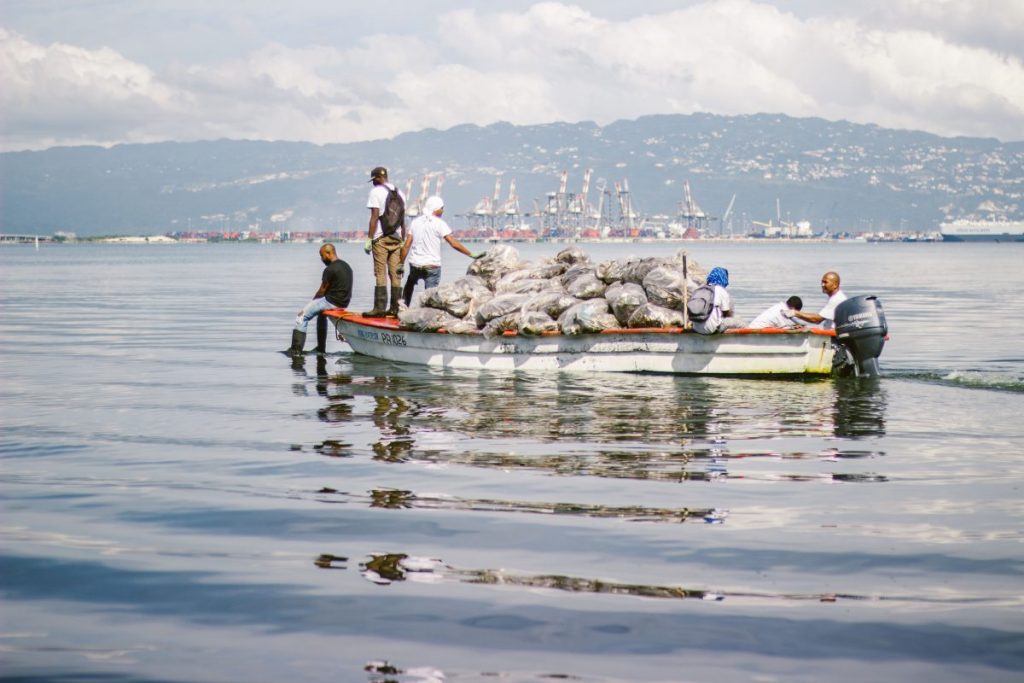
In response, President Mitchell stated: “Small-scale fishing plays a great role in the food security of this island, so when an expansion of this scale takes place, it will be a great loss [to the country] because the fisherfolk who use that area will either have to go further out to sea or retire. Not everyone owns a boat, net or equipment to take them further out to sea for themselves, it is often a collaborative effort for many fishers, so we are expecting good compensation, because the damage will be permanent.”
Dr Taylor shares a similar stance: “The environment was here before humans and has a right to exist free from harm caused by human activities. Our existence is linked to a healthy environment. Commercialisation should not come at the environment’s or people’s expense. EIA should be done objectively and include proper community consultation. Protecting these spaces is essential because the environment is tied to our well-being. We must develop a rights-based approach to development, codified into law with an independent environmental agency. The current neoliberal capitalist approach is failing us. We are losing green space critical to survival. We will not engineer our way out of disaster.”
To date, the project developers have not had any meaningful conversations about how the expansion will impact the lives and livelihoods of the fishing villages and nearby communities. They have also not stated any additional suggestions to alleviate the effects and promote the sustainability of the local environment, community, and culture. According to New Causeway, not much has been said about proper compensation either.
VP Simpson shared: “Some developers came here early last year and held dialogue with us to make us aware [of the airport expansion]. Regarding compensation, no sum was proposed, no timeline, [we don’t know] if it would be paid out to us or an entity or anything, nothing concrete, we are also seeking compensation for people who scale and the fish vendors, because once the fisherfolk are affected by the development, the vendors will also be impacted.”
President Mitchell continued: “We met with the Airport Authority, and we’re slated to have a consultation meeting with them this August. Notwithstanding that, a compensation package wouldn’t be much with our entire lives and livelihoods being permanently disrupted, so we are going to have that conversation at the next meeting.”
Simpson lamented further on the economic devastation this project will bring, appealing to the government to consider their plight:
“To the decision makers: this is how I send my kids to school, this is where I’ve been fishing for over 25 years, and there are several other people who have been here even longer. We are losing everything that helps us survive. The compensation will be helpful because not all the fisherfolk can go way out to sea to fish. They might need to start another business altogether. This is our livelihood, our lives, it can’t be that they want to give us bits and pieces, dust in our hands after taking everything and expect us to take care of our families with it.”
The experiences of coastal communities in both Belize and Jamaica underscore a pressing truth: development that ignores people and ecosystems is not progress—it’s peril in disguise. True, lasting growth demands that community voices guide the process, and environmental sustainability is a foundation, not an afterthought. If the Caribbean is to chart a just and resilient future, we must balance economic ambition with the preservation of our natural and cultural heritage. Anything less robs future generations of both place and prosperity. —Tameka A Coley
###
Tameka, also known as Ke’tani (her Taino name) or Tami Tsansai, is a cultural equity journalist and multidisciplinary creator committed to using technology and the arts as tools for social change and cultural preservation. In January 2023, she founded Writes and Kulcha @writesandkulcha, a digital publication dedicated to grounding Jamaicans and Caribbean people in their ‘Caribbeanness’ and all that it embodies.
This story was originally published by Writes and Kulcha, with the support of the Caribbean Climate Justice Journalism Fellowship, a joint venture between Climate Tracker Caribbean and Open Society Foundations.

